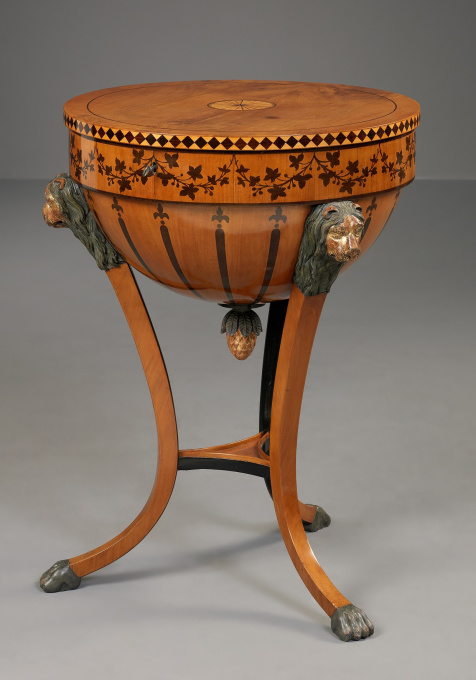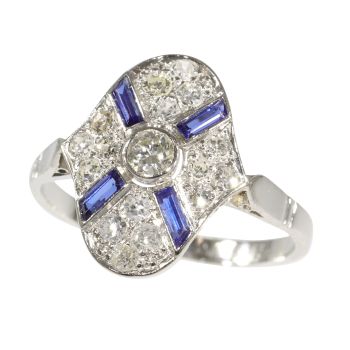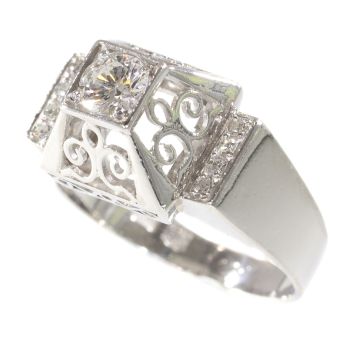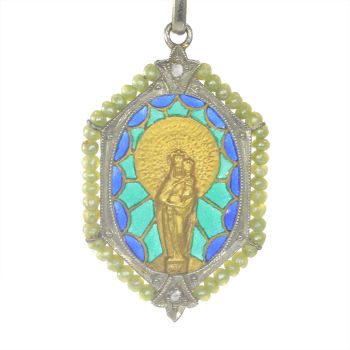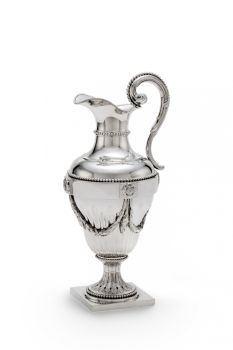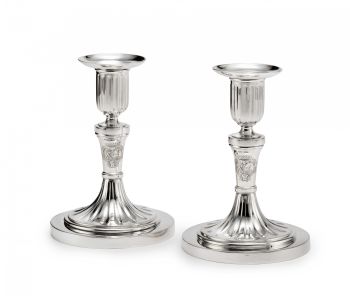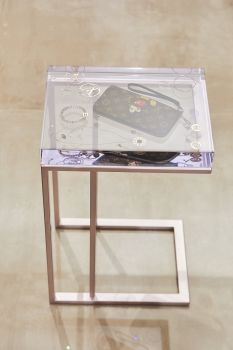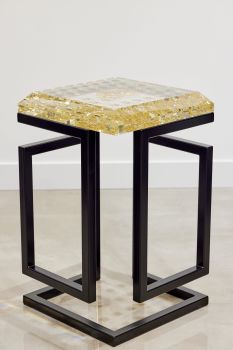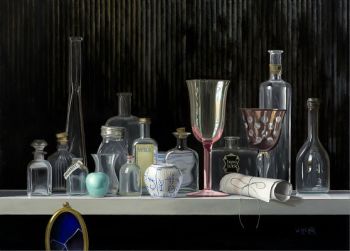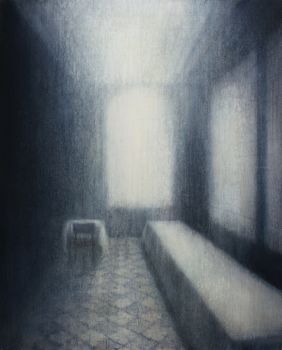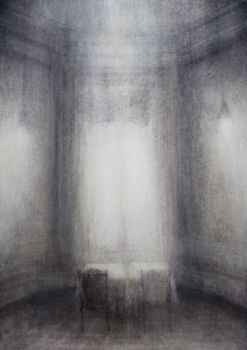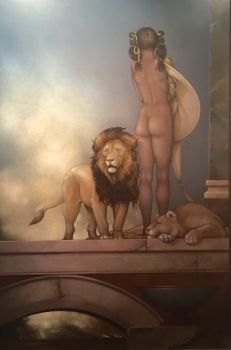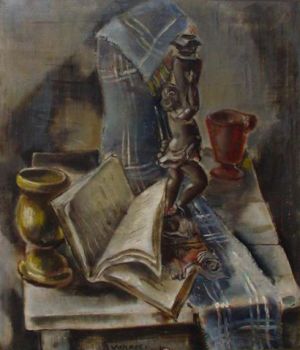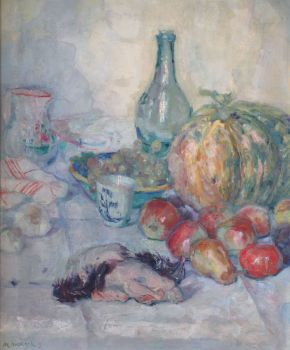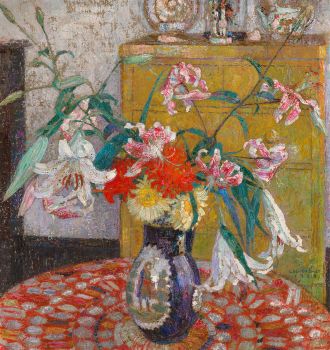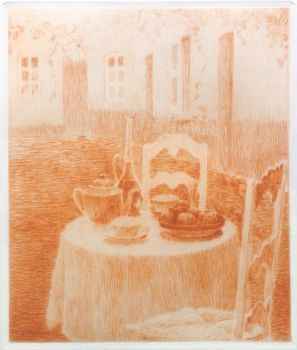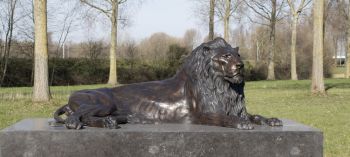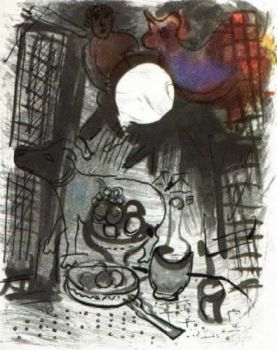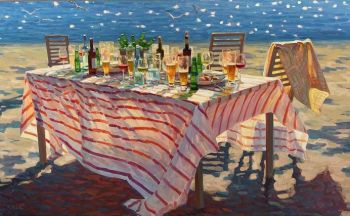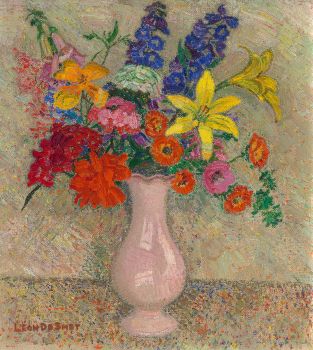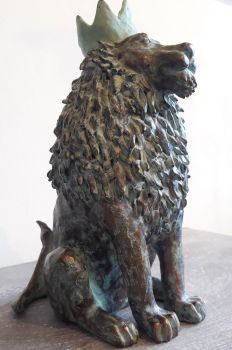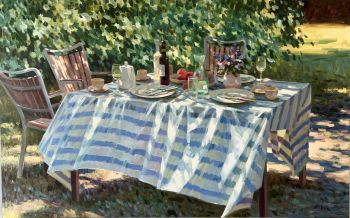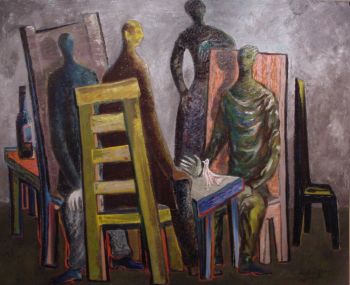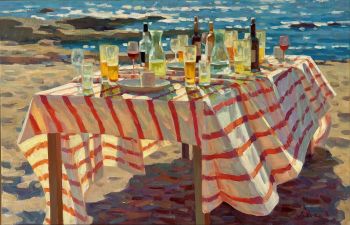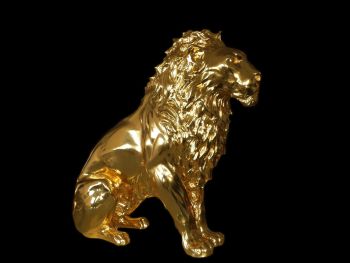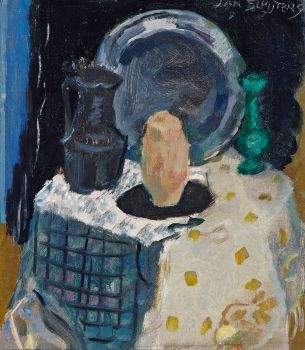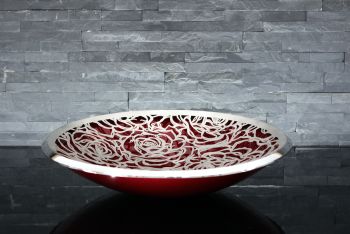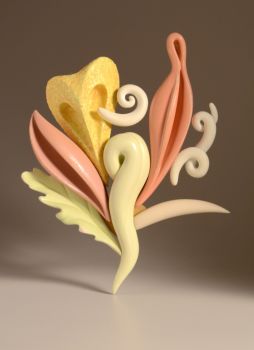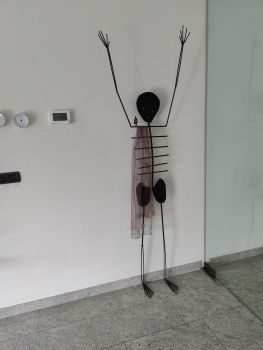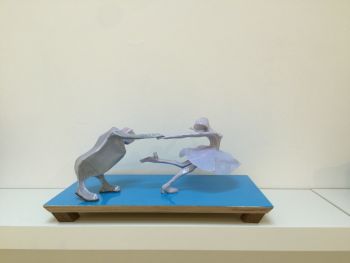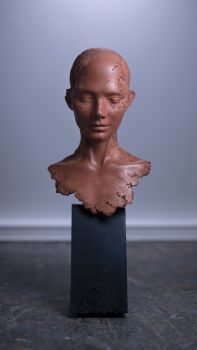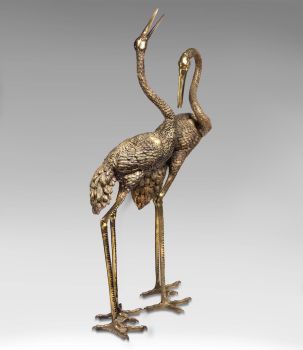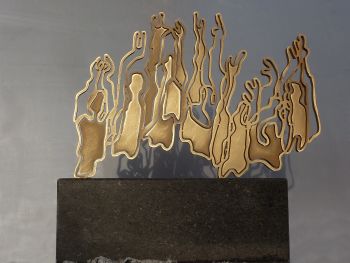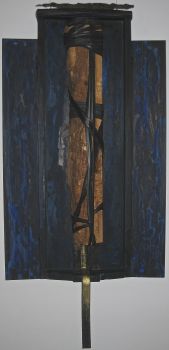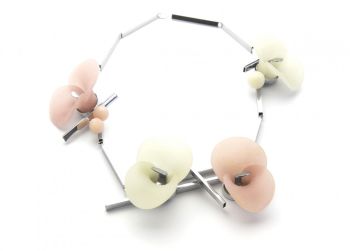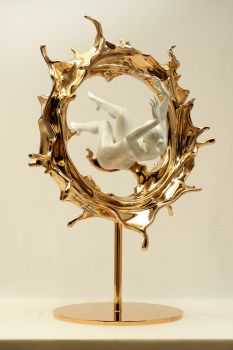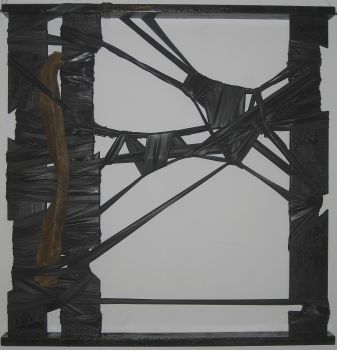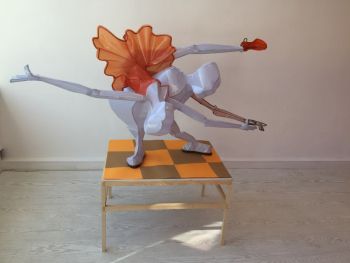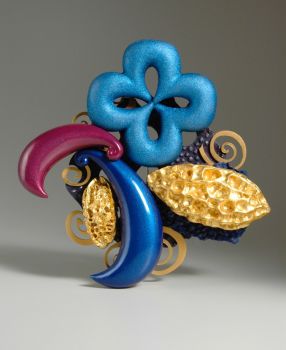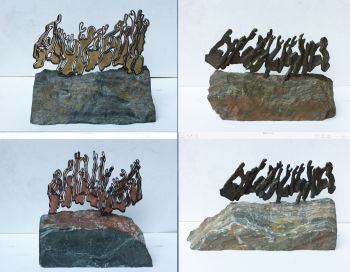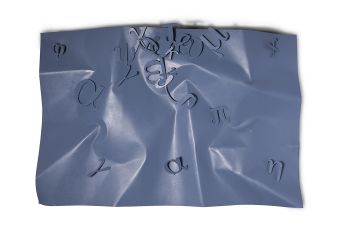Semi circular table, Munich 1794 - 1796
Unknown artist
PaperWoodIronMetalBrass
79 cm, ø 57 cm
Currently unavailable via Gallerease
- About the artworkThe table rests on three splayed feet joined by a concave-sided triangular undertier.
The upper side of the legs with polychrome lion masks, supports the projecting rim of the table. The lower part of the legs ends in claw-feet.
The lower part of the table is veneered with rosewood fleur-de-lys and lines ending on the underside of the hemisphere in a polychrome pineapple.
The projecting rim of the table is veneered in rosewood garlands of ivy. The hinged top has a chequered rim and the top part is veneered, both inside and out, with a double-fan pattern in the centre and a thin band of rosewood.
The inside of the table is covered in blue paper with a painted triton within a lozenge at the bottom.
Originally the function of a worktable was to store everything necessary for needlework and embroidery: the embroidery hoop, the canvas or linen, silk threads and needles. - About the artist
It might happen that an artist or maker is unknown.
Some works are not to be determined by whom it is made or it is made by (a group of) craftsmen. Examples are statues from the Ancient Time, furniture, mirroirs, or signatures that are not clear or readible but as well some works are not signed at all.
As well you can find the following description:
•“Attributed to ….” In their opinion probably a work by the artist, at least in part
•“Studio of ….” or “Workshop of” In their opinion a work executed in the studio or workshop of the artist, possibly under his supervision
•“Circle of ….” In their opinion a work of the period of the artist showing his influence, closely associated with the artist but not necessarily his pupil
•“Style of ….” or “Follower of ….” In their opinion a work executed in the artist’s style but not necessarily by a pupil; may be contemporary or nearly contemporary
•“Manner of ….” In their opinion a work in the style of the artist but of a later date
•“After ….” In their opinion a copy (of any date) of a work of the artist
•“Signed…”, “Dated….” or “Inscribed” In their opinion the work has been signed/dated/inscribed by the artist. The addition of a question mark indicates an element of doubt
•"With signature ….”, “With date ….”, “With inscription….” or “Bears signature/date/inscription” in their opinion the signature/ date/ inscription has been added by someone other than the artist
Artwork details
Related artworks
- 1 - 4 / 12
Reynier de Haan
An elegant Louis XVI Dutch Silver Monteith Bowl 1778
Price on requestJacob J. Roosjen SRI
1 - 4 / 7Unknown artist
Japanese transition-style lacquer coffer 1640 - 1650
Price on requestZebregs & Röell - Fine Art - Antiques
Unknown artist
AN IVORY NETSUKE OF A DUTCHMAN FROLICKING WITH A SMALL BOY18th century
Price on requestZebregs & Röell - Fine Art - Antiques
Unknown artist
The Stamford Raffles Secretaires.1800 - 1813
Price on requestZebregs & Röell - Fine Art - Antiques
Unknown artist
A IVORY NETSUKE OF A DUTCHMAN HOLDING A COCKEREL18th century
Price on requestZebregs & Röell - Fine Art - Antiques
1 - 4 / 24- 1 - 4 / 24
- 1 - 4 / 24

